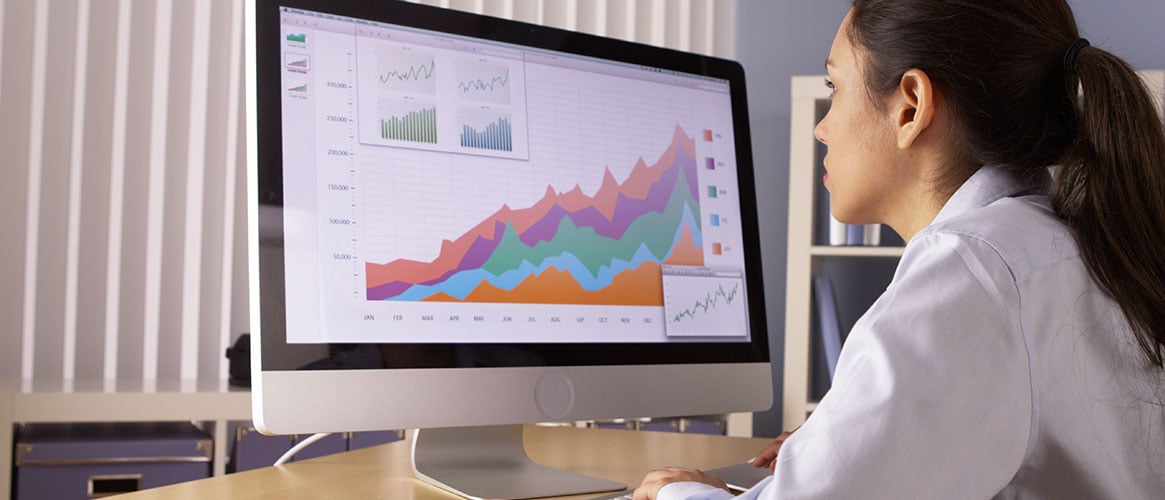Back pain is the most common cause of workplace disabilities. Not surprisingly, it’s also one of the leading reasons that people miss work. And back pain doesn’t discriminate. That is, just about anyone in any line of work is susceptible to it. It doesn’t matter if you lift heavy objects all day or sit at a desk.
It may seem strange that you can develop back pain while sitting in a chair and typing on a keyboard. But it’s true, and both bad posture and staying in one place for too long can cause trouble. A few ergonomic adjustments, however, can help your employees avoid these injuries and stay productive on the job.
Start with good posture
Let’s face it, working at a computer requires employees to either sit or stand in one position throughout the day. If they slouch or lean over the desk, it puts pressure on the back that can lead to injury.
Good working posture is about keeping the back properly aligned to reduce that pressure.
- When sitting, this means sitting up straight or at a slight angle in the chair, aligning the ears, shoulders, and hips in one vertical line. It also means avoiding unbalanced postures such as crossing the legs under the chair.
- When standing, it means having that same ears-shoulders-hips alignment, not leaning on or over the desk, and not having to overreach for the mouse or keyboard.
Should I sit or should I stand?
The other problem that comes with working at a desk all day is lack of movement. Staying in one position—even at the right posture—causes muscles to tighten and also puts pressure on the back. Finding ways to switch positions throughout the day helps keep those muscles active.
One suggestion is alternating between a sitting and standing position. This builds movement into the work day, and takes just a few seconds to transition from one position to the other. But, not every workstation is equipped for both sitting and standing. Some other steps your employees can take include:
- When seated, shifting positions in the chair.
- Using a foot rest and rotating between placing one or both feet on the footrest and the floor.
- Standing up to take a telephone call.
- Standing up to get something from an overhead bin or desktop shelf, instead of reaching for the item.
- Taking short micro breaks (just a few seconds) to turn and look away from the screen or task.
- Taking short micro breaks to stretch the arms, legs, and back.
Take a break, take a walk
Research indicates that getting up and leaving the work area for short periods throughout the day is also beneficial. Suggestions for these short breaks include a quick walk around the office, heading off to the break room for coffee, or even going outside for a couple of minutes of fresh air.
So, yes, it is possible to develop back injuries while working at a desk. But, with the right posture and some additional movement throughout the day, your employees can reduce that injury risk.
